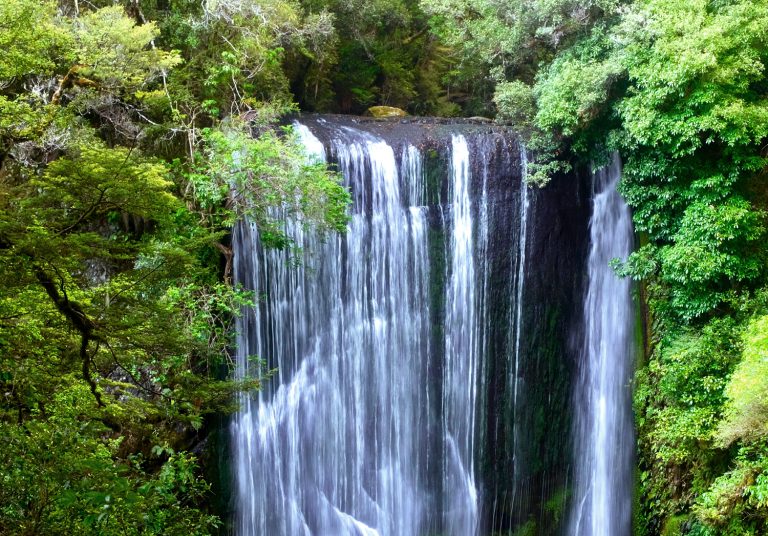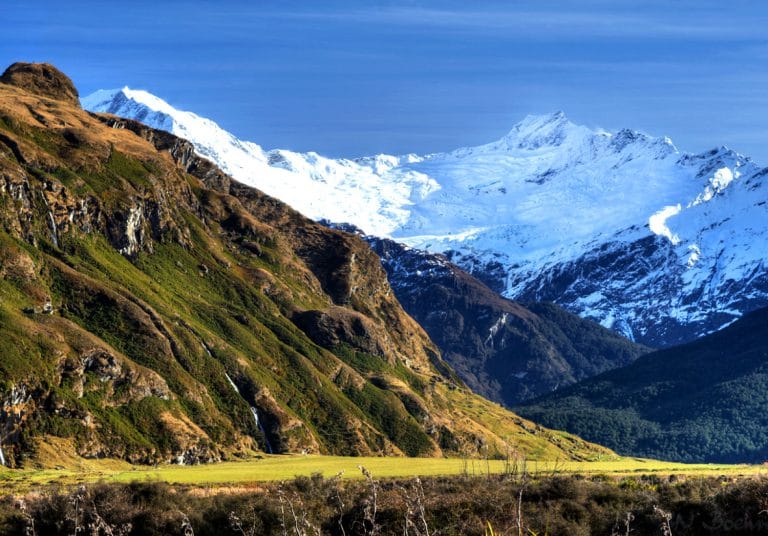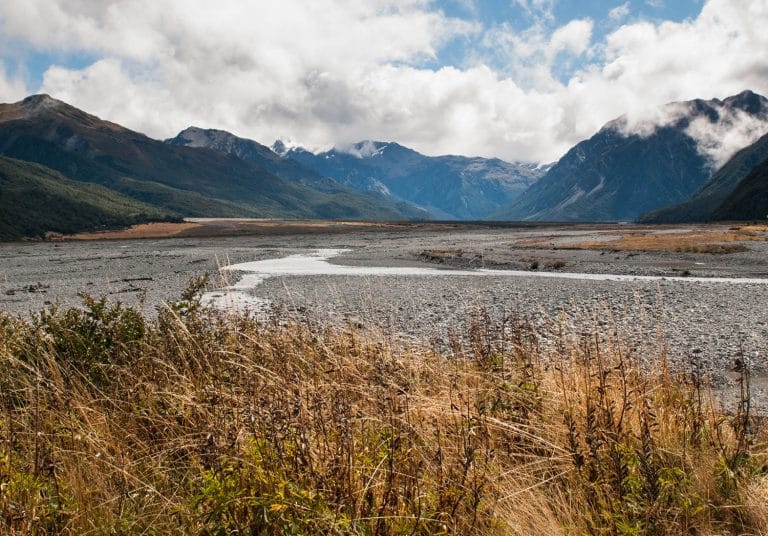Te Urewera is the home to one of New Zealand’s greatest forests. Almost every bird species native to the North Island is to be found in this eastern pocket of lush bush and tucked away hidden amid the dense green growth is the stunning Lake Waikairemoana…
Kea
The only alpine parrot in the world, the highly intelligent kea is found in Arthur’s Pass National Park. Protecting this threatened bird is an important part of the park’s management. Farmers used to kill kea because they attacked their sheep. However today kea nests and eggs are under danger from being attacked by introduced predators including stoats.




